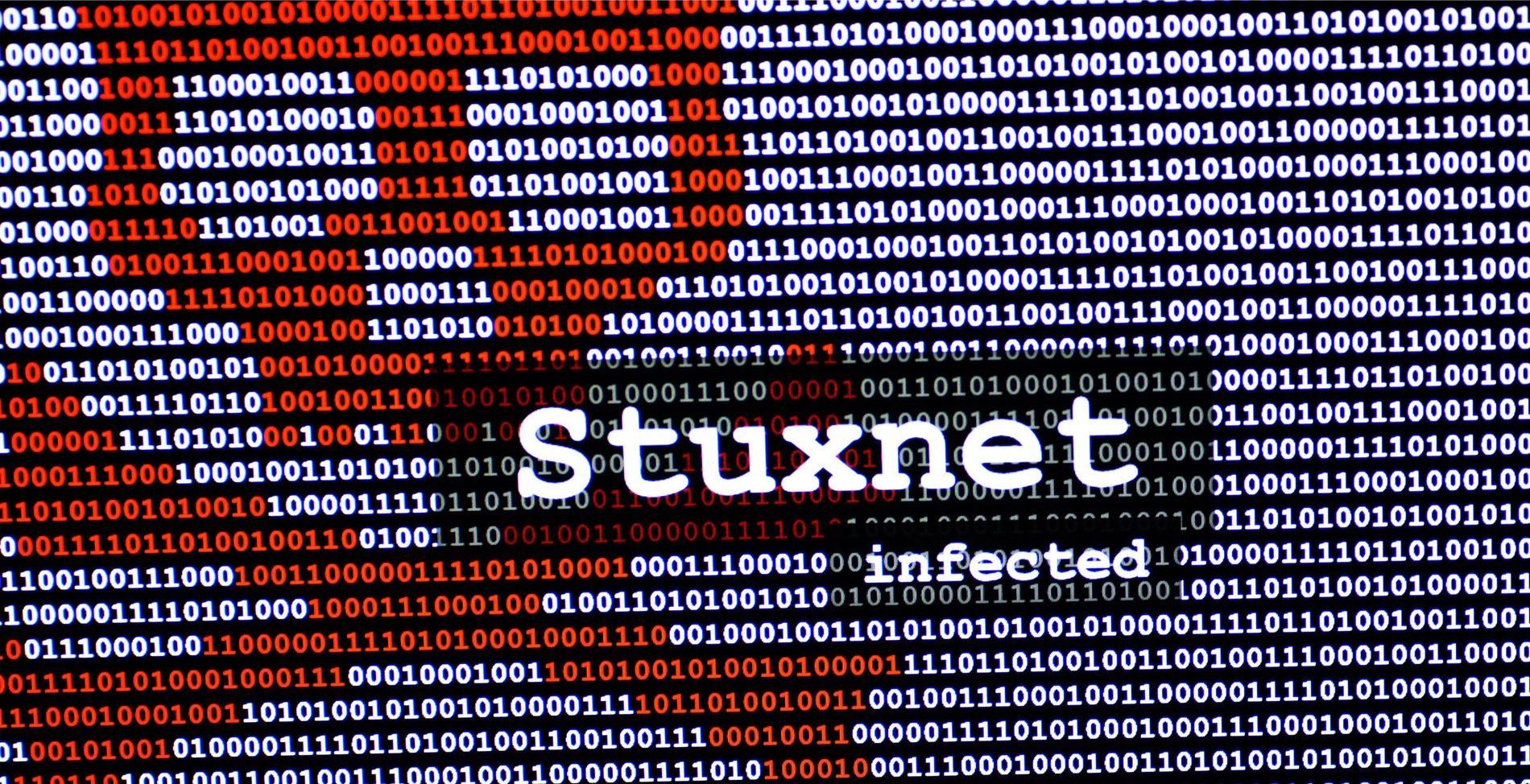IMPACTFUL VIRUSES IN HISTORY: MORRIS WORM
In the history of cybersecurity, few events have had as big an impact as the Morris Worm outbreak in November 1988. Known as one of the first major worms to spread widely across the early internet, the Morris Worm highlighted the weaknesses of connected systems and emphasized the need for strong cybersecurity practices that are still important today.
The Morris Worm was created by Robert Tappan Morris, a graduate student at Cornell University. On November 2, 1988, Morris released the worm onto the internet from a computer at the Massachusetts Institute of Technology. His intention, as he later claimed, was to gauge the size of the internet. However, due to a design flaw, the worm replicated much more aggressively than expected.

Unlike viruses that require a user to execute a file, worms have the unique ability to reproduce themselves across networks without intervention. The Morris Worm exploited known vulnerabilities in Unix-based systems, specifically targeting sendmail, finger, and rsh/rexec processes, all of which control various network communication protocols. Once it infected a system, it would attempt to replicate itself to other machines, leading to a rapid spread that overwhelmed networks and drove systems to a halt. hours, approximately 6,000 machines, accounting for about 10% of the internet at the time, were infected. The worm’s rapid replication caused major slowdowns and system crashes, disrupting machines at universities, military sites, and research facilities. The financial impact of the outbreak was estimated to be between $100,000 and $10 million, a substantial sum in the late 1980s!
Since nothing of this threat type had been seen before, system administrators and researchers scrambled to understand the worm’s code, develop patches, and fix affected systems. The event was certainly eye opening for the computer community and spurred a wider conversation about the need for better security measures across the board. This lead to the creation of the Computer Emergency Response Team (CERT) by DARPA.
Robert Tappan Morris faced legal repercussions for his actions. In 1990, he was convicted under the Computer Fraud and Abuse Act, becoming the first person prosecuted under this law. He was sentenced to three years of probation, 400 hours of community service, and fined $10,050. Despite this, Morris went on to have a successful career, co-founding the company Y Combinator, which helps start up companies gain funding.
The influence of the Morris Worm goes far beyond its immediate impact. It served as a wake-up call, highlighting the vulnerabilities of connected systems and the potential for widespread disruption. It also proved the importance of responsible coding practices and the need for comprehensive cybersecurity measures.
Uncomplicate IT News Blog





